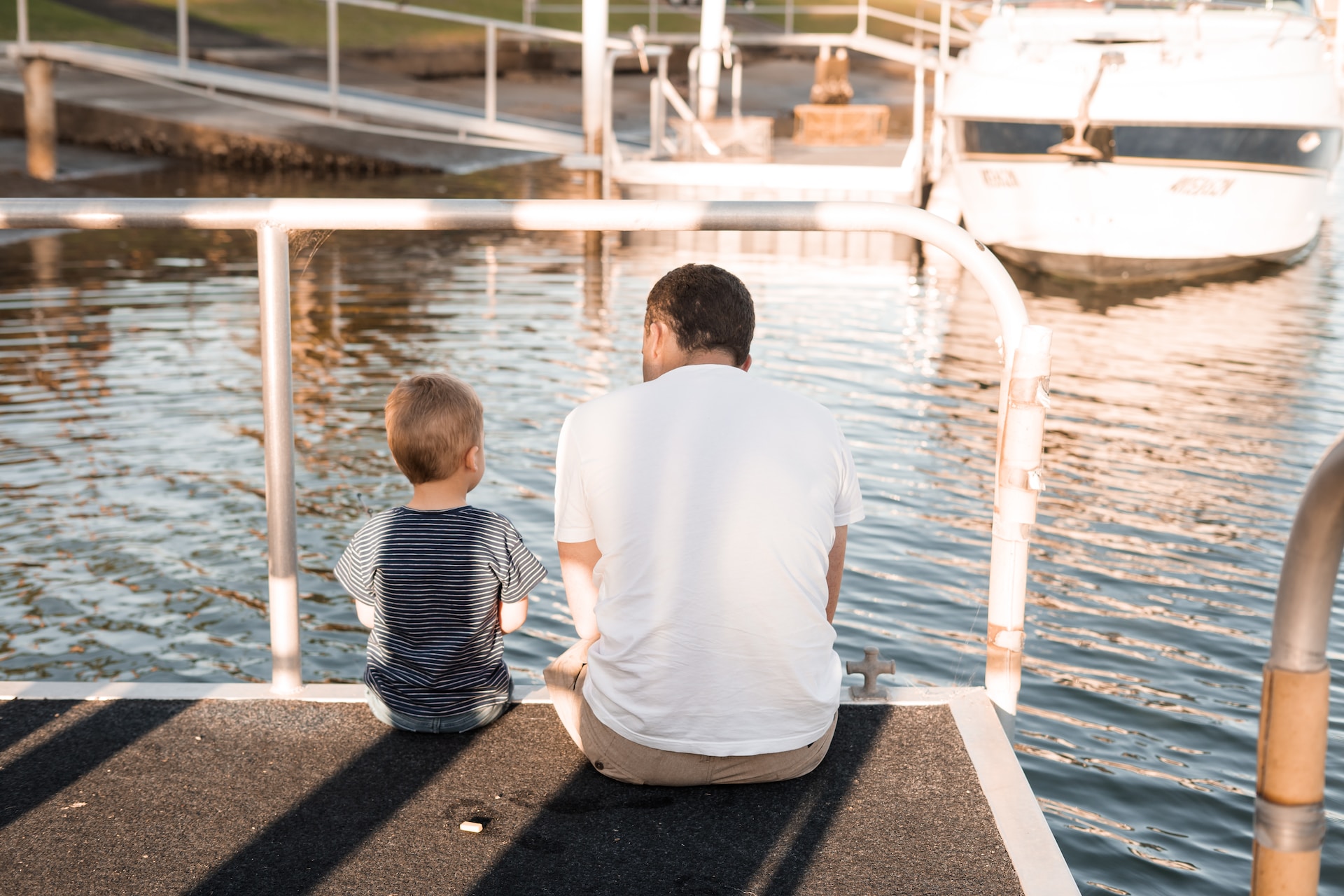How to Teach Kids About Creating and Respecting Boundaries
Do you know the difference between rules vs. boundaries? Do your kids? Many people think they’re the same thing, while there’s overlap because many rules are in place to help us respect others and keep them safe. However, setting boundaries is a way to limit nuanced behavior in our relationships with others. The key concept is a healthy relationship, where some behaviors can’t be dictated by rules, but they might be overbearing or insensitive enough to cross boundaries.
Kids are often taught the black and white of rules first, but it’s just as important to teach kids about boundaries early on in life too. Boundaries are needed in all relationships in life—with strangers, friends, acquaintances, and family members. The Bible has a lot to say about the way we should behave in relationships. Luke 6:31 says, “And as you wish that others would do to you, do so to them.” We certainly don’t want our kids to be overbearing and trample on others, nor do we want our kids to be trampled on or taken advantage of. This is an area kids need to begin understanding early on, and one you can teach them through leading by example. Here are four tips on how to teach kids about boundaries.
1. Set the Boundary
First, teach kids what a boundary is by being the first to set one. Keep the conversation short and to the point. For example, maybe you’ve noticed your kids have a habit of bossing others around and not letting others have a turn making decisions. Sit the kids down and tell them “after you’ve chosen an activity, let everyone else have a turn to choose one, then it can be your turn again.” Rather than using a lot of “don’ts”, use positive language about what should be done to avoid discouraging the child. After all, boundaries exist to help relationships thrive and to respect others, so that we ourselves may also be respected.
2. Explain the Reason
Second, explain the reason for the boundary and its purpose towards maintaining healthy, happy relationships. For instance, going back to the example of the boundary we used above about waiting our turn, you can say “we want to be respectful of each other and consider others more than ourselves. That’s the heart attitude God tells us to have and one that invites others to also care about us in the same, selfless way.” Be sure to emphasize how having healthy boundaries can help everyone feel good and is just one small way we can honor God by honoring others.
3. Set Consequences
Third, set consequences for when the heart behind the boundary is disregarded, even if the rule hasn’t been specifically broken. If you don’t, the work will not only be useless, but they’ll get the impression that breaking relational boundaries has no consequences. It may be necessary to set consequences such as “if you don’t respect your friend’s turn, you won’t get a turn next time.” But for the most part, explaining the relational consequences and helping the child to have empathy for others is far more important than stressing rules.
4. Encourage Kids to Set Their Own Boundaries
Finally, encourage kids to set their own boundaries. Kids are still learning to handle their emotions and develop social skills. When kids learn how to set and follow boundaries while they’re young, they develop the skills they need for boundaries in relationships as teenagers and young adults.
As a living example of this, a friend told me that her parents taught her it wasn’t rude or impolite to set boundaries because they protected her and those around her. So, as a kid, when she didn’t want a hug, she said “no, thank you”. When she needed to decline an invitation because it would cause her to be too busy, she was taught it’s okay to say “no” there too. When she got older and started dating, it was so much easier to set relationship boundaries because she was already practiced. It also became easier to take care of herself, and for trust to be built between friends and loved ones as could rely on her to communicate her mind and needs.
As kids begin to enter jobs and romantic relationships, the boundary skills they practiced as kids will help them tremendously. When you notice your kids practicing boundaries, encourage them with something like “I noticed you waited patiently for your turn, great job!” or “I noticed you politely asked your sister to stop tickling you when you were done playing, good job speaking your boundaries.”
Of course, demonstration is the best teacher. If you feel free to break boundaries with your children, they’ll get the idea that if one is more powerful in a relationship, respect isn’t necessary. Look for opportunities to practice noticing, honoring, and celebrating your child’s boundaries—both big or small, and whether they realize they have them or not. By teaching children about boundaries now, you’ll be investing in their ability to form healthy relationships in the future.
This content is from the CEF podcast Teach Kids. Listen to more content like this on the Teach Kids podcast through your favorite podcast platform. #TeachKids #KidsMin
How Christian Youth in Action® Is Changing Lives: Impactful Youth Ministry Activities
Discover how CYIA®️ missionaries are transforming communities through impactful youth ministry activities and 5-Day Clubs®️. See how Christian Youth In Action®️ training prepares teens for effective ministry.
Helping Children Find Comfort in God: 5 Practical Strategies | CEF
Kids often express big emotions—fear, worry, sadness—and it can be hard to know how to respond. This piece offers five practical ways to comfort children while gently guiding them toward the ultimate source of lasting comfort: a relationship with God. Whether you’re a parent, teacher, or caregiver, these ideas are meant to help you support kids emotionally and spiritually when they need it most.
Teaching Children to Serve God: Making Service a Priority | CEF
How many activities do you have planned for your family? I don’t know about you, but sometimes I feel way too rushed trying to get from one activity to the next. I barely have time to think. But do we realize that the way we manage and schedule our time and our kid’s time teaches children what’s worth making time for? We want to show kids that it’s a priority to take time to serve God.
Stay Connected with CEF
Subscribe to our email lists to receive updates, news, and stories based on your needs and interests.




